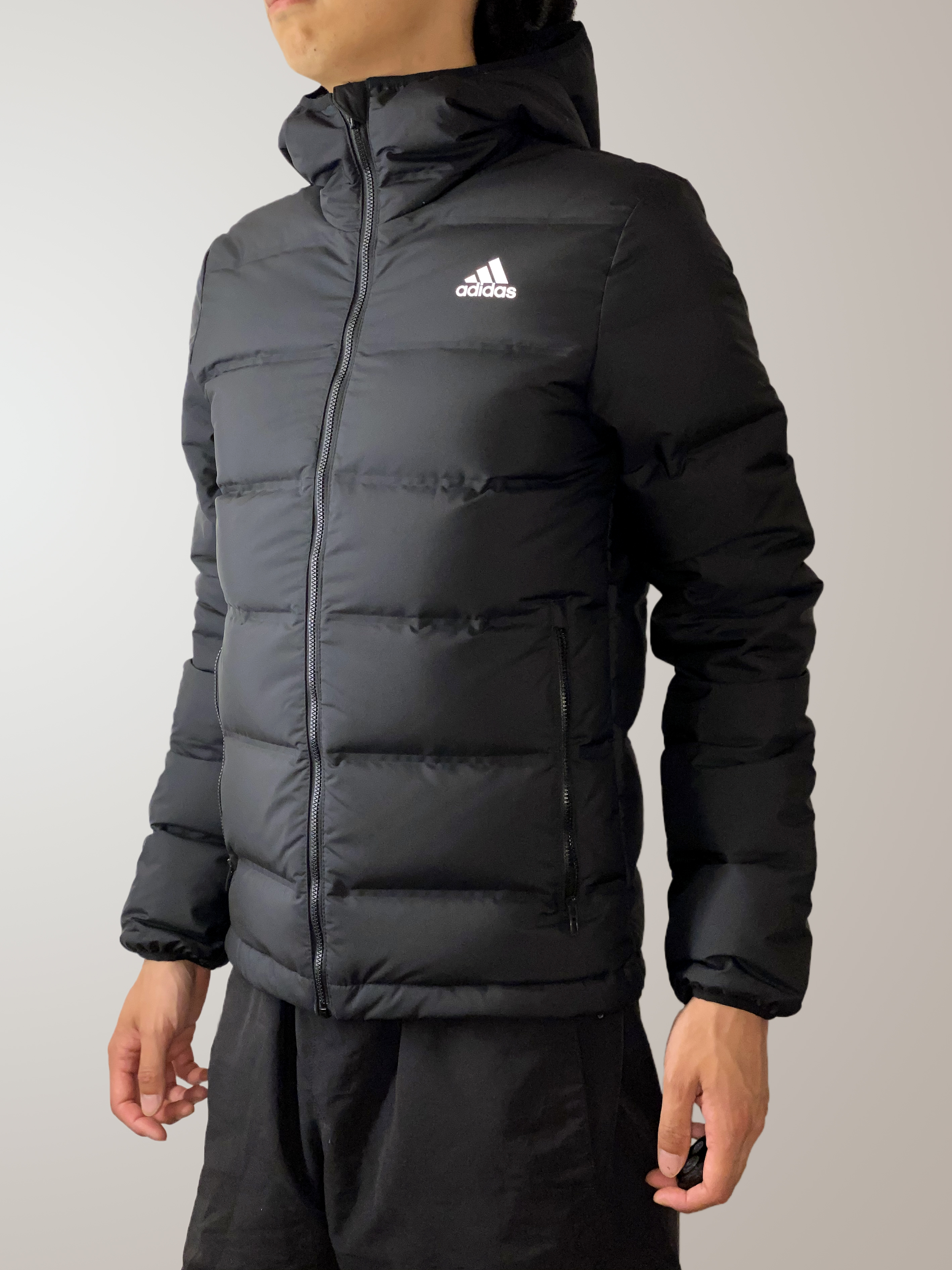|
Khaki (color)
The color khaki (, ) is a light shade of tan with a slight yellowish tinge. Khaki has been used by many armies around the world for uniforms and equipment, particularly in arid or desert regions, where it provides camouflage relative to sandy or dusty terrain. It has been used as a color name in English since 1848 when it was first introduced as a military uniform. In Western fashion, it is a standard color for smart casual dress trousers for civilians, which are also often called ''khakis''. In British English and some other Commonwealth usage, ''khaki'' may also refer to a shade of green known in the US as olive drab. Etymology ''Khaki'' is a loanword from Urdu خاکی 'soil-colored', which in turn comes from Persian خاک ''khâk'' 'soil' + ی (adjectival ending); it came into English via the British Indian Army. Origin Khaki was first worn as a uniform in the Corps of Guides that was raised in December 1846 by Henry Lawrence (1806–1857), agent to the Governor-Ge ... [...More Info...] [...Related Items...] OR: [Wikipedia] [Google] [Baidu] |
1868 Expedition To Abyssinia
The British Expedition to Abyssinia was a rescue mission and punitive expedition carried out in 1868 by the armed forces of the British Empire against the Ethiopian Empire (also known at the time as Abyssinia). Emperor Tewodros II of Ethiopia, then often referred to by the anglicized name Theodore, imprisoned several missionaries and two representatives of the British government in an attempt to force the British government to comply with his requests for military assistance. The punitive expedition launched by the British in response required the transportation of a sizeable military force hundreds of kilometres across mountainous terrain lacking any road system. The formidable obstacles to the action were overcome by the commander of the expedition, General Robert Napier, who was victorious in every battle against the troops of Tewodros, captured the Ethiopian capital, and rescued all the hostages. The expedition was widely hailed on its return for achieving all its objectives ... [...More Info...] [...Related Items...] OR: [Wikipedia] [Google] [Baidu] |
Service Dress (British Army)
Service Dress is the style of khaki service dress uniform introduced by the British Army for use in the field from the early 1900s, following the experiences of a number of imperial wars and conflicts, including the Second Boer War. This variant of uniform continues to be worn today, although only in a formal role, as No. 2 Pattern dress. Khaki During the latter half of the nineteenth century, the bright red tunics worn by British infantry regiments had proved to be a liability, especially when during the First Boer War they had been faced by enemies armed with rifles firing the new smokeless cartridges. This had been exacerbated by the white carrying equipment worn by the line infantry, the cross straps of which formed an X on the soldier's chest. The term ''Khaki'' (Persian for ''dusty'') had come from India and was used to describe the 'Drab' uniform first worn in 1848 by the Corps of Guides. During the Indian Mutiny of 1857 many British regiments took to staining their ... [...More Info...] [...Related Items...] OR: [Wikipedia] [Google] [Baidu] |
Jacket (AM 740117-1)
A jacket is a garment for the upper body, usually extending below the hips. A jacket typically has sleeves, and fastens in the front or slightly on the side. A jacket is generally lighter, tighter-fitting, and less insulating than a coat, which is outerwear. Some jackets are fashionable, while others serve as protective clothing. Jackets without sleeves are vests. Etymology The word ''jacket'' comes from the French word ''jaquette''. The term comes from the Middle French noun ''jaquet'', which refers to a small or lightweight tunic. In Modern French, ''jaquette'' is synonymous with ''jacket''. Speakers of American English sometimes informally use the words ''jacket'' and ''coat'' interchangeably. The word is cognate with Spanish ''jaco'' and Italian ''giacca'' or ''giacchetta'', first recorded around 1350s. It is ultimately loaned from Arabic ''shakk (شكّ)'', which in turn loaned from Aramean/Assyrian and Hebrew ''shaḳḳ (שַׁקּ)''. Nylon bomber jacket, also in leath ... [...More Info...] [...Related Items...] OR: [Wikipedia] [Google] [Baidu] |
.jpg)

.jpg)
